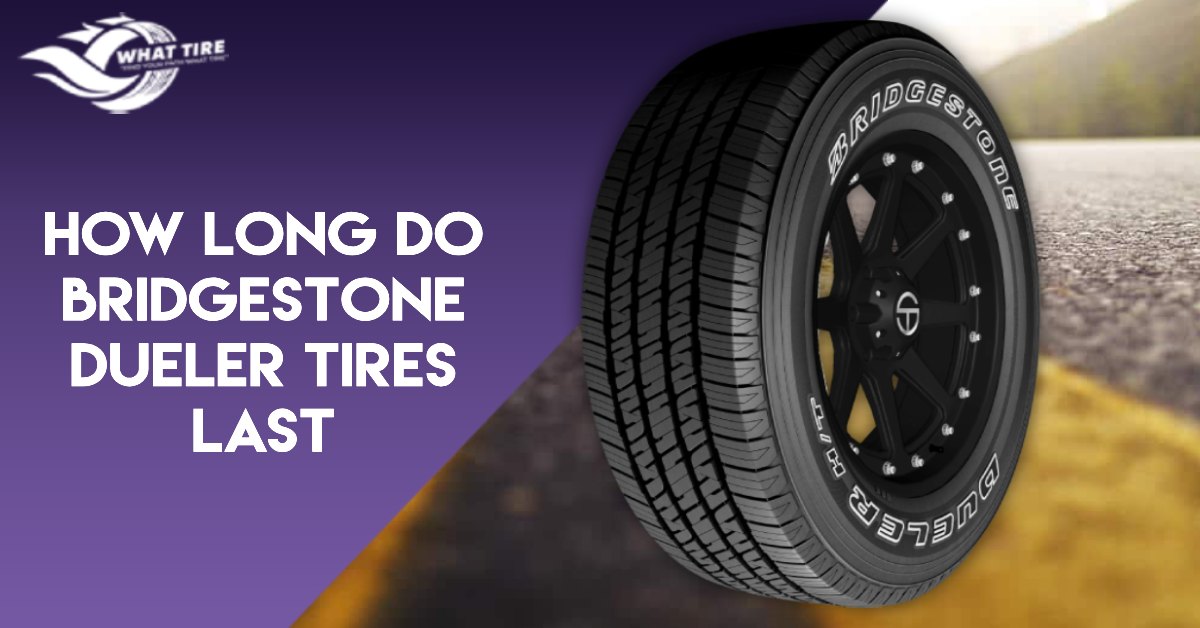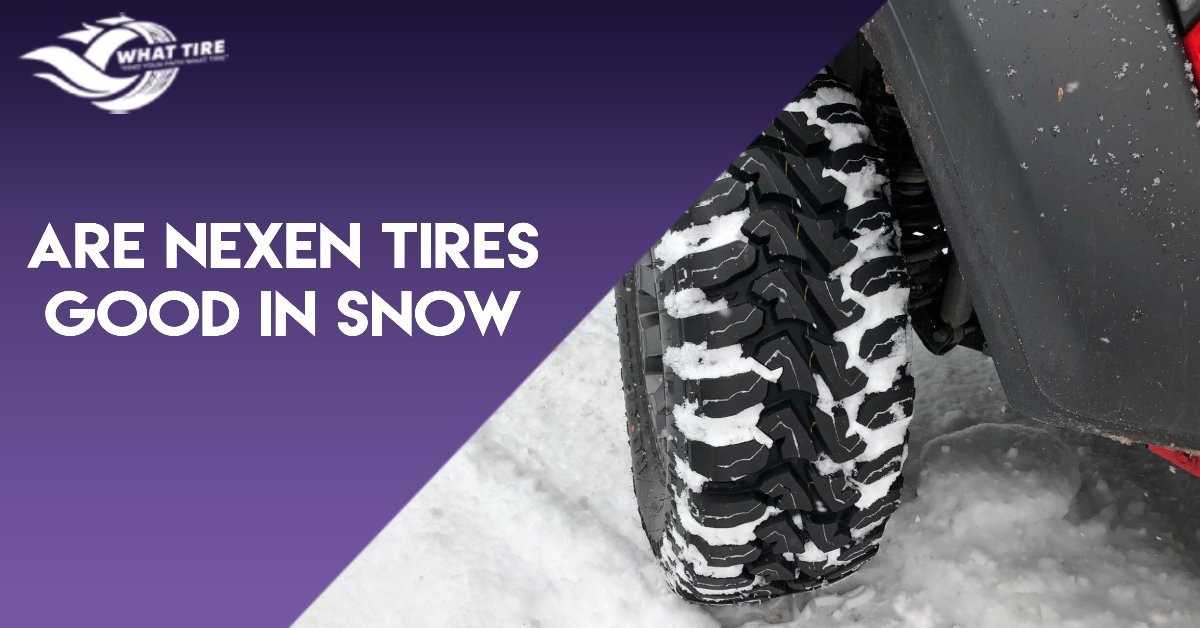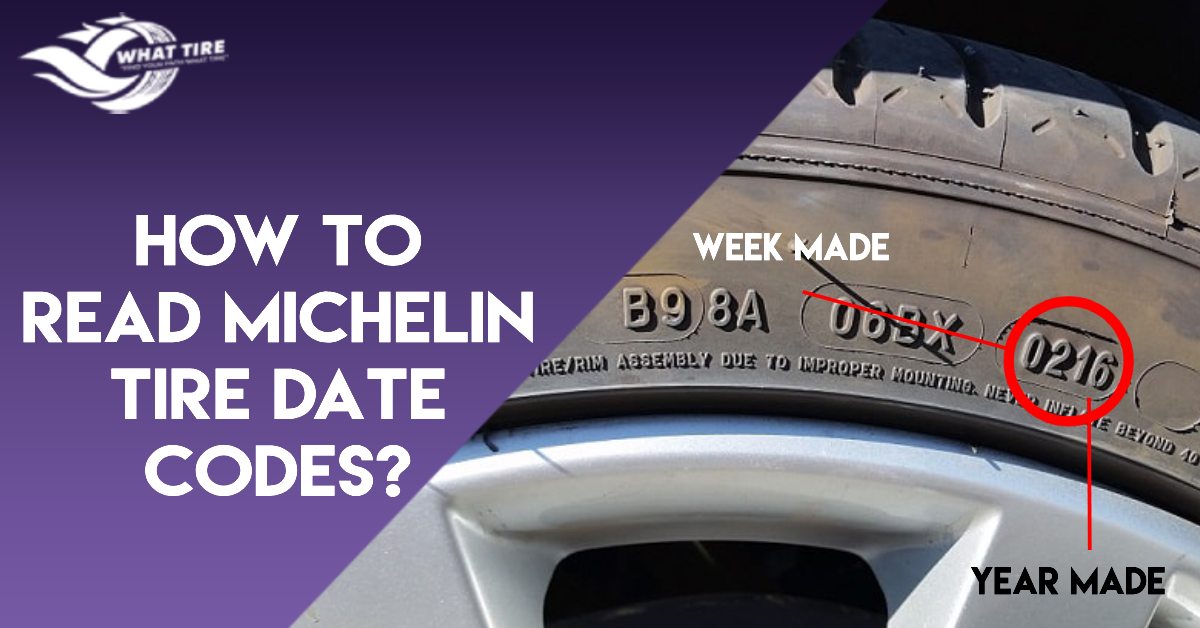Have you ever glanced at the sidewall of your Michelin tires and wondered about those cryptic numbers and letters? You’re in the right place if you’re curious about unraveling the mystery of Michelin tire date codes. In this guide, we’ll dive into everything you need to know about reading these codes – from their importance to decoding methods. By the end, you’ll have complete knowledge about how to read Michelin tire date codes.
Table of Contents
ToggleSignificance of Tire Date Codes
Before we jump into telling you how to read Michelin tire date codes, it is essential to know their importance. So, tire date codes might seem like a string of random characters etched onto your tires. Still, they are significant in maintaining your safety on the road and optimizing your vehicle’s performance.
Let’s delve into why these seemingly inconspicuous codes are of paramount importance:
- Safety and Performance
Tires are not merely rubber discs; they are engineered products designed to provide optimal grip, stability, and handling. As tires age, their structural integrity and performance capabilities can deteriorate.
Tire date codes allow you to determine the age of your tires, enabling you to make informed decisions about their suitability for continued use.
- The Impact of Tire Age on Performance and Safety
Just like any other component, tires undergo wear and tear over time, even if they appear to be in good condition. The rubber compounds within tires degrade due to exposure to various environmental factors like temperature, sunlight, and moisture.
This degradation can lead to reduced traction, compromised handling, and increased braking distances, particularly in adverse conditions.
- Risks of Using Expired or Aged Tires
Using tires that have exceeded their recommended service life poses several risks. Aged tires are more susceptible to blowouts, tread separation, and sidewall cracks.
These issues can result in sudden loss of control while driving, leading to accidents. Moreover, tires that are past their prime might not effectively disperse water on wet roads, increasing the chances of hydroplaning.
It’s important to note that while the condition of your tires might appear satisfactory, the age-related deterioration might not be evident visually. This is where tire date codes come into play as a valuable tool to assess the potential risks associated with aged tires.
Michelin Tire Expiration Date
When it comes to your vehicle’s safety, understanding the concept of tire expiration date is crucial. Michelin, along with other tire manufacturers, includes date codes on tires for several reasons. Let’s dive into these aspects:
Concept of Tire Expiration Date
The tire expiration date refers to the period beyond which a tire’s performance and safety might be compromised due to natural degradation. Even if the tread appears adequate, the rubber compounds that provide essential traction and stability can deteriorate over time.
Tire date codes are a standardized way to communicate the manufacturing date of a tire, allowing you to gauge its age and make informed decisions about its usability.
Why Do Michelin and Other Tire Manufacturers Include Date Codes?
Tire manufacturers like Michelin include date codes to enhance consumer safety and promote responsible tire maintenance. By providing a clear indication of a tire’s age, manufacturers empower vehicle owners to monitor the condition of their tires and replace them when necessary.
Also read: How long do Michelin Pilot Sport 4s Tires Last?
Common Misconceptions Regarding Tire Expiration Dates
- Misconception 1: “Tire expiration dates are only relevant if the tread is worn out.”
Fact: Tire age matters irrespective of tread depth. A tire might have good tread but still be unsafe due to aging rubber.
- Misconception 2: “New-looking tires are always safe.”
Fact: Even if a tire appears brand new, it might have been sitting on the shelf for years, leading to rubber degradation.
- Misconception 3: “Tire expiration dates are a marketing gimmick.”
Fact: Tire manufacturers are committed to safety. Date codes are about safety, not marketing.
- Misconception 4: “Tire age doesn’t matter for occasional driving.”
Fact: Tire age impacts all tires regardless of usage frequency. Aging affects rubber compounds.
Understanding these misconceptions can prevent potentially dangerous situations on the road.
Understanding Tire Construction and Wheel Diameter
Tires are more than just round rubber discs – they are intricately engineered components designed to ensure optimal performance, safety, and comfort. To comprehend the significance of tire date codes, it’s essential to have a grasp of tire construction and how it relates to wheel diameter:
- Tire Construction
Tires consist of several layers, each serving a specific purpose:
- Tread: The outermost layer that comes into contact with the road. The tread pattern affects traction, handling, and noise.
- Sidewall: The side of the tire that provides structural support and bears important markings, including date codes.
- Carcass: Layers of fabric and steel cords that give the tire its shape and strength.
- Bead: The part of the tire that connects it to the wheel rim.
- Inner Liner: A rubber layer inside the tire that helps maintain air pressure.
Understanding tire construction is vital because age-related degradation can impact each layer differently, affecting overall performance and safety.
- Wheel Diameter
The wheel diameter refers to the size of the wheel rim on which the tire is mounted. This measurement is crucial as it directly influences the overall tire size and performance. The wrong wheel diameter can lead to incorrect speedometer readings, compromised handling, and potential damage to the tire itself.
Date codes on the tire sidewall are critical for understanding a tire’s age and assessing its suitability for use. However, knowing the tire’s construction and its compatibility with the correct wheel diameter ensures that you’re not only reading the date codes correctly but also making informed decisions about your vehicle’s performance and safety.
How to Read Michelin Tire Date Codes
Cracking the code on Michelin tire date codes might seem like delving into a secret language, but with a bit of guidance, it becomes a valuable skill for assessing tire age and safety. Let’s dive into the anatomy of a Michelin tire date code, unravel its components, and see how it all comes together:
- Structure of a Michelin Tire Date Code
A typical Michelin tire date code is a combination of characters engraved on the sidewall. It usually appears as a four-digit number, followed by a letter or two. This sequence might seem perplexing, but it holds the key to unlocking vital information about your tire.
- Decoding Michelin Tire Date Stamps
First Two Digits: These represent the week of manufacture. For instance, if the code starts with “07,” it means the tire was manufactured in the 7th week of the year.
Last Two Digits: These indicate the year of manufacture. If you see “21,” it means the tire was produced in the year 2021.
Letter(s) at the End: This letter indicates the specific plant where the tire was manufactured. Each plant has a designated code letter.
- Example Decoding
Let’s start with understanding Michelin tire date coding for
- Michelin Tire Date Code: 007X
- Week 07: The tire was manufactured in the 7th week of the year.
- Year X: Unfortunately, Michelin does not provide a comprehensive key for their letter codes online. You may need to contact Michelin directly for more specific information.
- Michelin Tire Date Code: 0081
- Week 00: The tire was manufactured in the 0th week of the year (sometimes used for the first week).
- Year 81: The tire was produced in the year 1981.
By breaking down these examples, you can see how Michelin tire date codes provide crucial insights into when your tires were manufactured.
Armed with this knowledge, you can assess the age of your tires and take appropriate actions to ensure safety and performance.
Ways to Find Date Codes on Michelin Tires
Locating the date code on your Michelin tires might feel like searching for a hidden gem, but fear not – it’s a skill that’s easily mastered. Here are four methods to help you spot those crucial codes:
- Sidewall Inspection
The most common and straightforward method is inspecting the sidewall of the tire. Look for a sequence of characters, usually near the edge of the sidewall. The code might be embedded within a larger string of letters and numbers. Scan carefully to find a four-digit number followed by a letter or two.
- DOT Stamp
The Department of Transportation (DOT) stamp on the tire’s sidewall holds the key to its production date. The last four digits of the DOT code usually indicate the week and year of manufacture. Keep an eye out for the series of numbers at the end of the DOT stamp.
- Inner Sidewall
Sometimes, tire date codes are located on the inner sidewall, facing the vehicle’s chassis. This can be a bit trickier to access, often requiring the tire to be removed temporarily. If you’re having trouble finding the date code on the outer sidewall, check the inner sidewall as an alternative.
- Tread Area
In certain tire models, you might find the date code imprinted on the tire’s tread area. Look for raised characters on the surface of the tire. While less common, this method can still provide the necessary information about your tire’s age.
- Contact Michelin Support
If you’re unable to locate the date code using the methods above, consider reaching out to Michelin’s customer support. They can guide you in finding the code based on the specific tire model you have.
Once you’ve successfully spotted the date code using any of these methods, you’ll be ready to move on to the exciting part – decoding the code to understand when your tire was manufactured.
Conclusion
In this post, you learned about how to read Michelin tire date codes. Unveiling Michelin tire date codes equip you for safer, more efficient driving.
By understanding their meaning, locating them, and decoding their information, you’ve gained a powerful tool to assess tire age and make informed choices. With this newfound knowledge, you’re on the road to confident driving, ensuring your safety and vehicle performance.
FAQ’s
A Michelin tire date code is a four-digit alphanumeric code on the sidewall of the tire that indicates the manufacturing date.
You can find the Michelin tire date code on the sidewall of the tire, usually located near the rim. Look for a combination of letters and numbers like DOT XXXX, with the last four digits representing the date code.
This question is also similar to the query of how to read Michelin tire date codes. So, to decode a Michelin tire date code, look at the last four digits. The first two represent the week of manufacture, and the last two indicate the year. For example, 2319 means the tire was manufactured in the 23rd week of 2019.
Michelin recommends replacing tires that are more than ten years old, regardless of their tread depth. The rubber compound can deteriorate over time, affecting safety and performance.
Yes, you can determine the tire’s age by examining the sidewall for the date code. It’s a valuable piece of information when buying used tires or checking the age of your current ones.
To extend the lifespan of your Michelin tires, maintain proper tire pressure, rotate them regularly, and ensure proper alignment. Regular inspections and prompt replacement of old tires will also help maximize their longevity.







